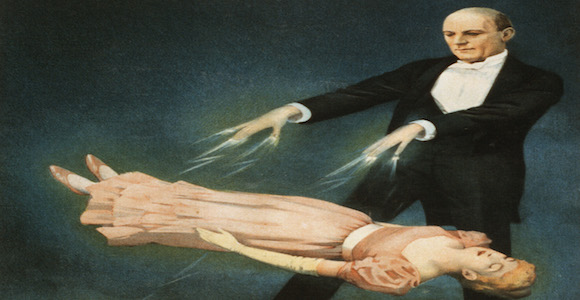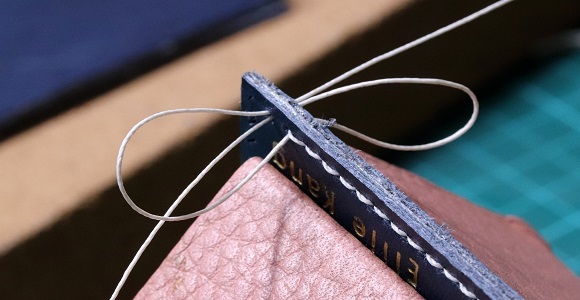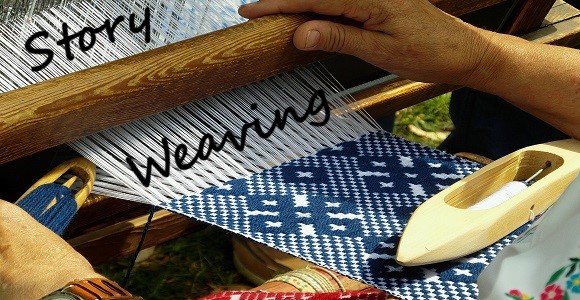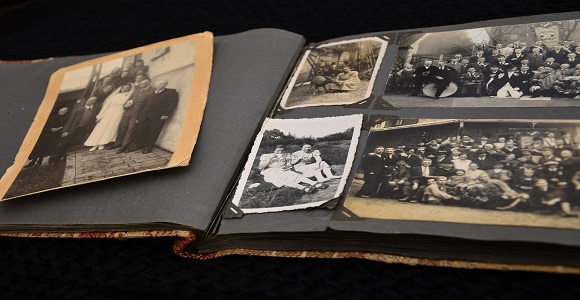Our most popular story development tips, tricks, and techniques for every writer from beginners to master storytellers.
You can also explore our newest story development tips or search the entire library
Our Most Popular Story Development Tips

Building characters that are intriguing, unusual, and memorable is a difficult task. Here are a few of my best tricks for creating characters from scratch and for developing characters you’ve already created. Read the complete article…

Genre isn’t a list of requirements nor a box that limits your creative options. Find out how to create a story that honors your genre yet is uniquely its own style.

Tricking the Muse: The Creativity “Two-Step”
Here’s a technique for making your Muse think that being productive is her idea…

Whether your characters change through a leap of faith or overcome all pressures to hold onto their beliefs, their path to that moment of choice isn’t a straight one…

Is Your Story Coming Apart at the Themes?
In this article, we’ll find out how to recognize this problem, and what to do about it.

It is easy trap create tired characters that follow societal expectations. Here’s a technique for busting up stereotypes to create truly fresh and fascinating characters.

Grow Your Story from a Log Line
Creating a log line centers your story, and ensures that all your story development work will be guided by this beacon so your story becomes sharply focused.

Developing Your Characters’ Points of View
Your characters aren’t going to be thinking about the plot the way you do. They can’t even see it. Rather, they see their situation and have attitudes and feelings about it.

How to pull individual dramatic threads into the tapestry of your story.

Remember blowing bubbles with that solution in the little bottles and the plastic wand? The craft of writing is a bit like blowing bubbles, and this article will show you how to apply that perspective to help create the moments that comprise your story.

Creating Characters from Scratch
Character have two jobs: First, they should fulfill a dramatic function in your story. Second, they need to have real personalities so your readers or audience can connect to them at a passionate level. So how can you create such creatures? Here’s one way…

How to Grow a Sentence Into a Story
Use this technique to fill out and expand any part of your story that needs more depth or detail.

What a character likes and dislikes takes the curse out of its larger than life stature. To humanize your characters and bring them down to size, give them preferences rather than just points of view.

How to Create a Powerful Message
Your thematic argument is an emotional one, and you need to sway your reader/audience to adopt your moral view as an author rather than telling them to adopt it.

5 Steps to a Believable Character
Even the most outlandish characters need to be believable for your readers to relate to them. These five steps will get you there.

From each piece, your story’s world can grow. Use this technique to add breadth, depth, and richness to your story.

The First Step in Writing ANY Novel
Before you write your first chapter, ponder your opening sentence, or jot down a single word, there’s one step you should always do first, no matter your genre or style.

Writing from a Character’s Point of View
This article will show you how to make your story more personal by putting your readers into your characters’ shoes.’

Throughlines – And How to Use Them
Throughlines follow the growth and progress of each dramatic element along your story’s timeline. Learn how to make them work for you!

Characters: The Attributes of Age
Writers tend to create characters the same age as themselves and also have characters of other ages behave as if they were that same age. Here’s how to write characters who truly act their age…

Be Your Own Critic Without Being Critical
Apply this technique and you will expand your story quickly and easily into some fascinating new material.

Perhaps your hero isn’t the right guy for the job. Find out how to hold job interviews with your other characters to see if they should take over the position.

Genre isn’t a box you write in nor a list of stylistic requirements for your story. It is the personality of your story, and in this article you’ll learn how to grow your genre act by act.

Creating Characters in 7 Steps
In this article you’ll discover a technique for drawing characters out of a one-sentence description of your story called a log line.

Have Your Characters Write Their Own Stories
This technique will help you stand in your characters’ shoes and see the world through their eyes.

Here’s a basic framework outlining key turning points in a standard plot. Use it as a point of departure and customize it to the needs of your own story.

Choosing names for your characters can be perfunctory or can provide your readers with insight into your characters’ natures, add humor or surprise, or break into the realm of the unusual.

Every story has a personality that is greater than the sum of its parts. Learn how to ensure all its facets are working together.

If you are a plot-oriented writer, here is a nifty technique from shaking a whole cast of characters out of the events that drive your story.

Novels Don’t Have To Be Stories
A story must conform to the conventions of story structure, but a novel does not need to be so rigid…

An overview of the technique I personally use to put my head in a good place as I develop my own stories.

Introducing Characters – First Impressions
First impressions have a tremendous impact that you can use either to establish or mislead your reader/audience as to the true nature of each character.

As your story draws to a conclusion, your reader have become heavily invested in your characters. So you’ll need to help them disentangle from those relationships before your story ends.

Read the entire book free and develop your story one step at a time, from concept to completion.
Explore our newest story development tips or search the entire library
All these tips are drawn from our StoryWeaver Software

